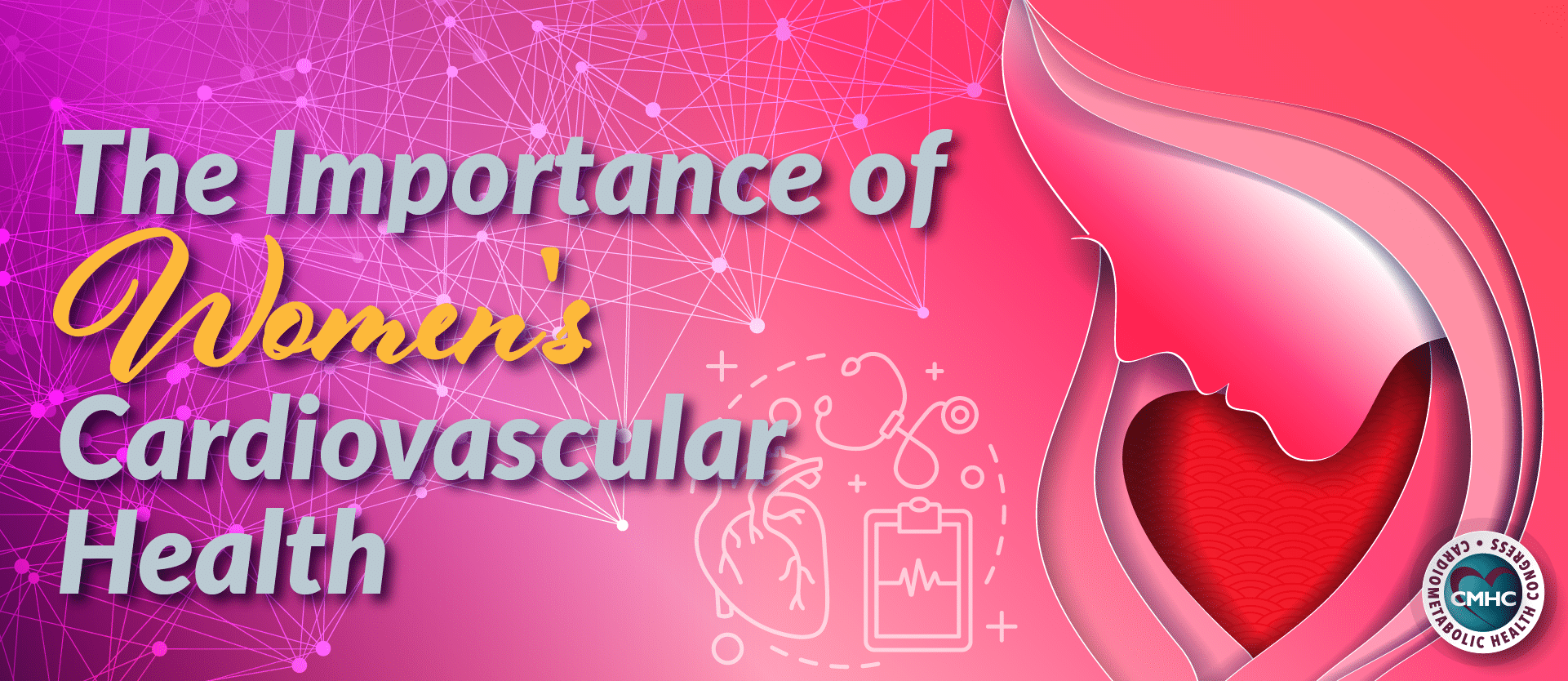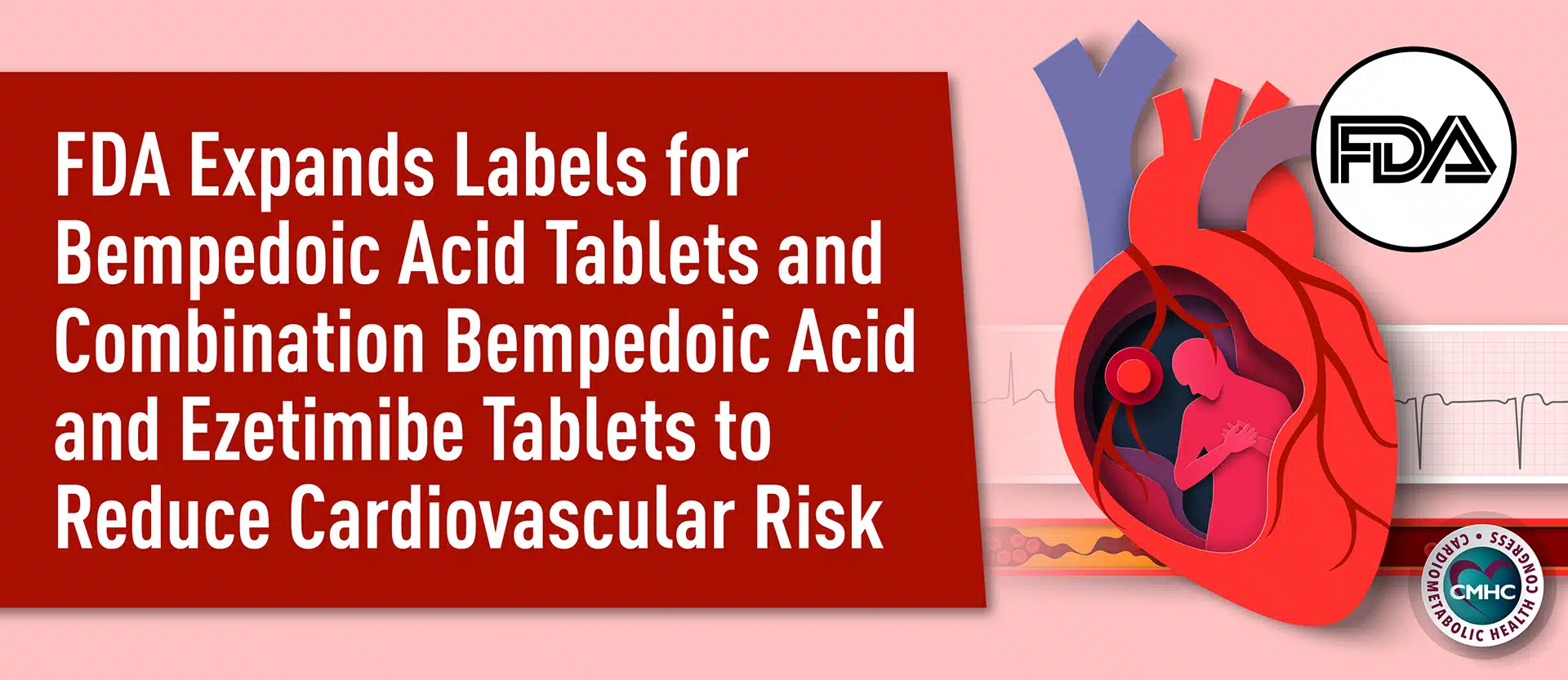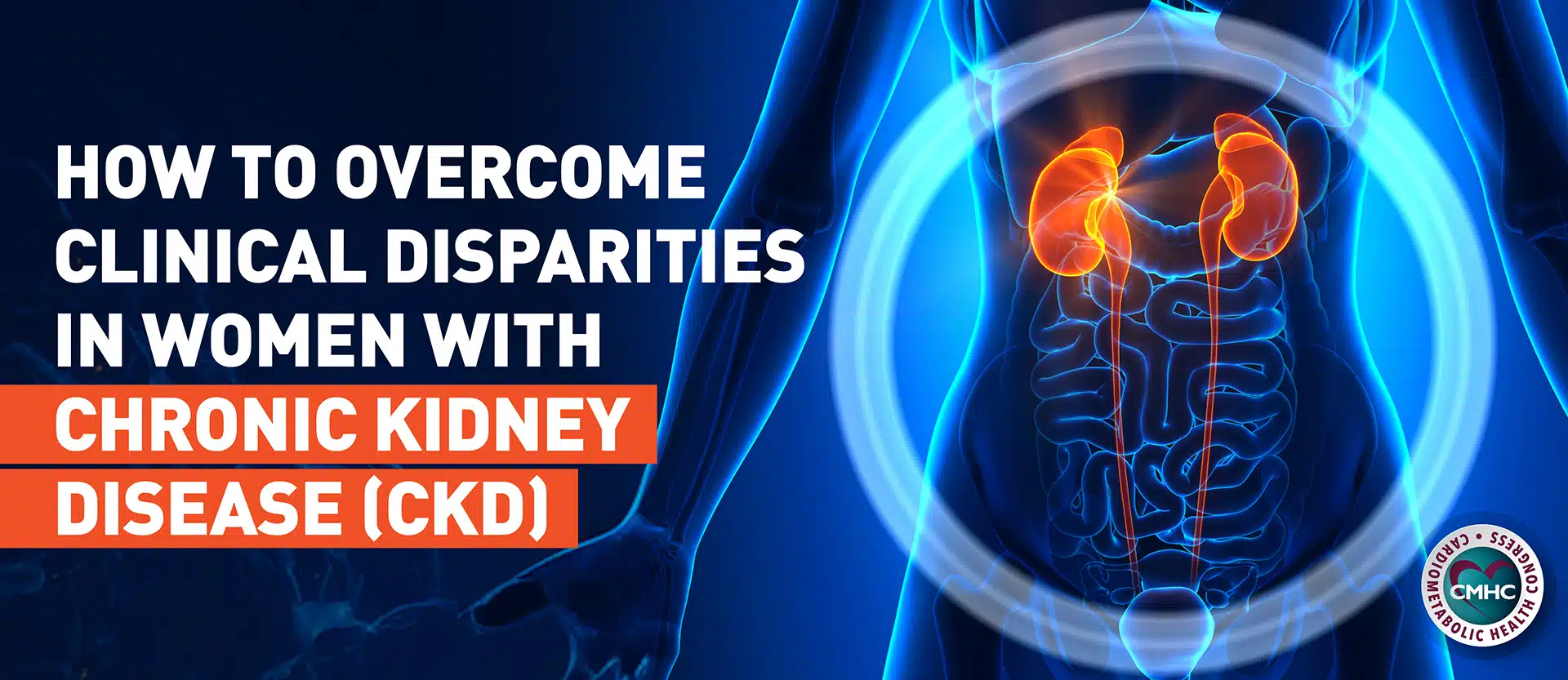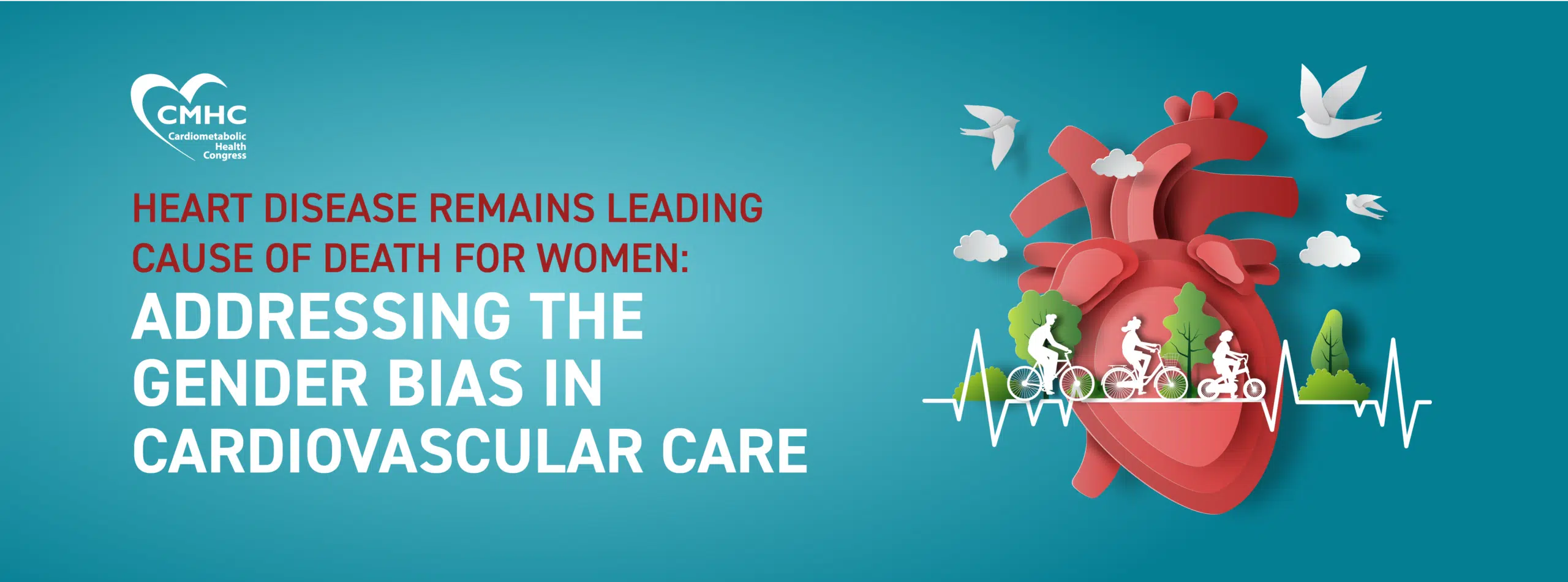February is not only designated as American Heart Month, it is also recognized as a month to commemorate women’s cardiovascular disease: the number one cause of death among females. Statistics indicate that women are twice as likely to die from cardiovascular disease than they are from breast cancer, and up to 40% of all premature deaths before the age of 75 occur due to cardiovascular disease. A recent article in Medscape notes that despite these recognized findings, women’s heart disease is often under-recognized and under-treated—and women are less likely to receive appropriate, timely, evidence-based treatments.
Erin Michos, a cardiologist at Johns Hopkins School of Medicine, outlines reasons surrounding why women with CVD often experience ‘suboptimal’ care. Having worked on a recently published study in the Journal of the American Heart Association titled “Gender Differences in Patient-Reported Outcomes Among Adults with Atherosclerotic Cardiovascular Disease,” the data ultimately concluded that women with ASCVD were more likely to report poorer patient experience, lower health-related quality of life, and poorer perception of their health when compared with men. 1 in 4 women reported “dissatisfaction with their healthcare experience,” in addition to “poor communication with providers”—additionally noting that doctors did not fully listen to them.
Professor of cardiology at Keele University Mamas Mamas notes that the higher risks of CVD among women may begin at a much younger age; division chief of cardiology at the University of Arizona, Dr. Martha Gulati, focuses on factors including certain high-risk pregnancies. Dr. Gulati notes that while clinicians often look at ‘traditional risk scores,” physicians are often not discussing future cardiovascular risk with female patients: given that hypertension, and diabetes, often resolve during pregnancy. Dr. Gulati states that “we really need to be screening for these adverse pregnancy outcomes when they occur, informing them about their future cardiovascular risk.” The University of Arizona has created new resources and guidelines titled Heart to Heart to specifically educate women on their ‘risk-enhancing factors,’ in order to properly address overall cardiovascular risk.
Additional gaps in female care include women with breast cancer, all of whom are at a higher risk of cardiovascular disease, in addition to women with rheumatological disorders: including rheumatoid arthritis and lupus. Women with HIV are also diagnosed with heart disease at higher rates; moreover, younger women continue to remain a high-risk group. Lastly, Dr. Annabel Volgman, professor of Medicine at the Rush Medical Center in Chicago, notes the ways in which women have worse cardiovascular risk factor profiles than men. Women often present with different forms of heart disease, often having microvascular disease instead of obstructive coronary artery disease. Women can also have heart attacks ‘triggered by emotional events,’ termed stress cardiomyopathy.
Given the striking disparities in women’s cardiovascular health, it is critical to further investigate the reasons behind the inequalities. All of the aforementioned findings have important implications in the realm of public health, and collectively require additional research towards understanding the gender-specific differences in the quality, delivery, and outcomes in healthcare. Attend our CMHC West Women’s Health Summit: Navigating Female Cardiometabolic Care for the latest clinical research in women’s cardiometabolic health, and hands-on strategies to implement effective approaches into practice.


















